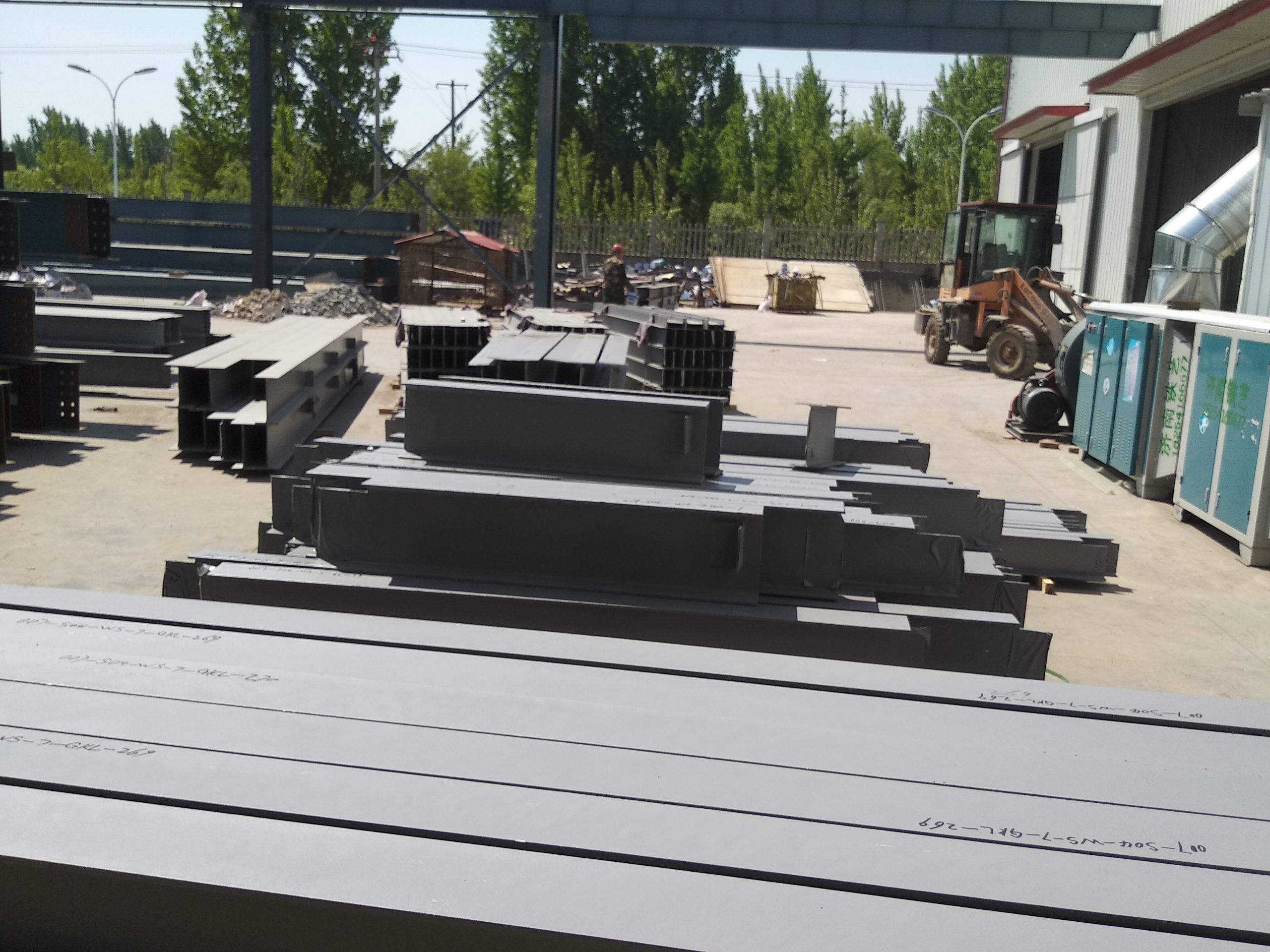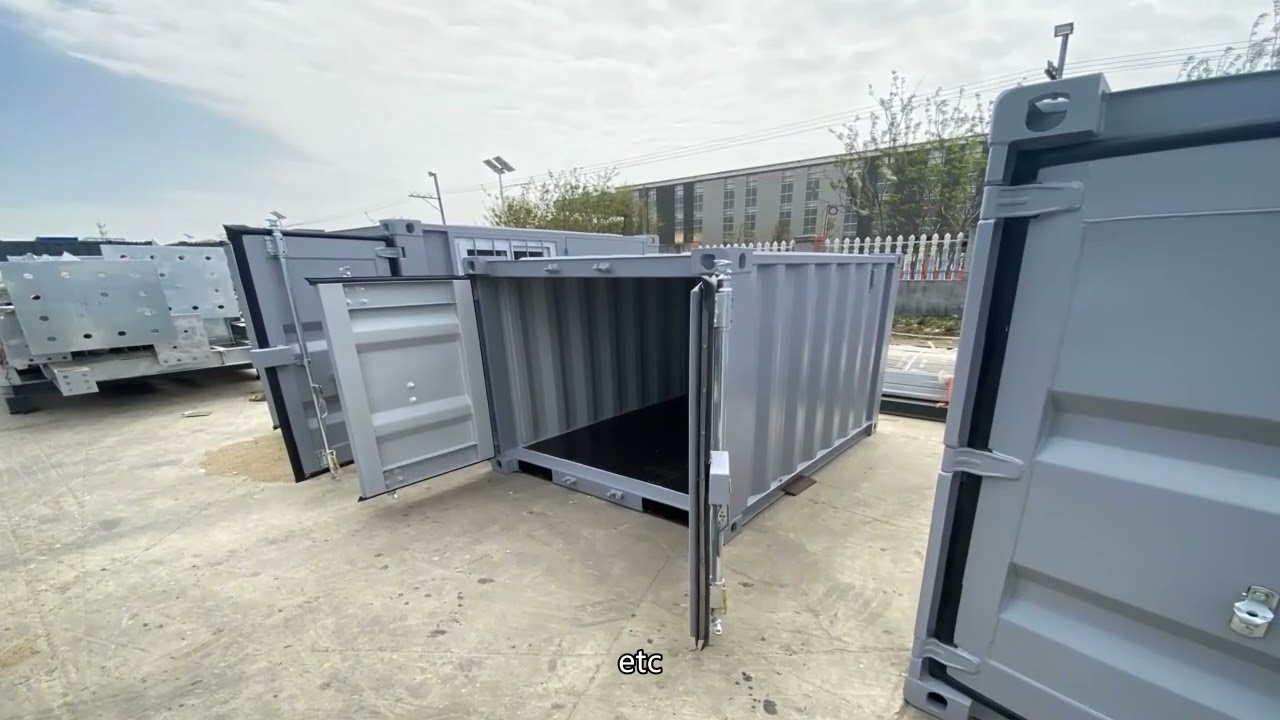The influence of aging population on the labor market of steel structure industry
Table of Contents
Impact of Aging Population on Workforce Development in Steel Structure Industry
The aging population is a demographic trend that is having a significant impact on the labor market of various industries, including the steel structure industry. As the population ages, there are fewer young workers entering the workforce to replace those who are retiring. This has led to a shortage of skilled workers in many industries, including steel structure construction.
One of the main challenges that the steel structure industry is facing due to the aging population is the loss of experienced workers. Many older workers in the industry have decades of experience and knowledge that is difficult to replace. As these workers retire, there is a gap in the workforce that is not easily filled by younger, less experienced workers. This can lead to delays in projects, decreased productivity, and increased costs for companies in the steel structure industry.
Another impact of the aging population on the labor market of the steel structure industry is the need for companies to invest in training and development programs for their employees. With fewer young workers entering the industry, companies must focus on upskilling their existing workforce to ensure that they have the necessary skills and knowledge to meet the demands of the job. This can be costly and time-consuming for companies, but it is necessary to ensure that they have a skilled and competent workforce.
The aging population also presents challenges in terms of workplace safety in the steel structure industry. Older workers may be more prone to injuries and accidents on the job, which can lead to increased costs for companies in terms of workers’ compensation and lost productivity. Companies must take steps to ensure that their older workers are able to work safely and effectively, which may require additional training and resources.
Despite these challenges, there are also opportunities for the steel structure industry to adapt to the aging population and thrive in the future. One potential solution is to implement flexible work arrangements that allow older workers to continue working in the industry on a part-time or consulting basis. This can help companies retain the knowledge and experience of older workers while also allowing them to transition into retirement gradually.
Another opportunity for the steel structure industry is to invest in technology and automation to offset the impact of the aging population on the workforce. By implementing robotics and other advanced technologies, companies can increase productivity and efficiency in their operations, reducing the need for a large workforce. This can help companies remain competitive in the market and attract younger workers who are skilled in technology and automation.
In conclusion, the aging population is having a significant impact on the labor market of the steel structure industry. Companies in the industry must be proactive in addressing the challenges posed by an aging workforce, including the loss of experienced workers, the need for training and development programs, and workplace safety concerns. By investing in technology, flexible work arrangements, and upskilling programs, companies can adapt to the changing demographics of the workforce and thrive in the future.
Strategies for Addressing Labor Shortages in Steel Structure Industry Due to Aging Population
The steel structure industry is facing a significant challenge due to the aging population. As more and more workers in this sector reach retirement age, there is a growing shortage of skilled labor to fill their positions. This has the potential to have a major impact on the industry as a whole, as the demand for steel structures continues to rise.
One of the key strategies for addressing this labor shortage is to invest in training and development programs for existing employees. By providing opportunities for upskilling and reskilling, companies can ensure that their workforce remains competitive and capable of meeting the demands of the industry. This not only helps to retain experienced workers but also attracts new talent who are looking for opportunities for growth and advancement.
Another important strategy is to focus on recruiting and retaining younger workers. By offering competitive salaries, benefits, and career advancement opportunities, companies can attract a new generation of workers to the industry. This can help to bridge the gap between the retiring workforce and the incoming generation, ensuring that there is a steady supply of skilled labor to meet the needs of the industry.

In addition to investing in training and development programs and recruiting younger workers, companies can also explore alternative staffing solutions. This may include hiring temporary workers, subcontracting work to external firms, or utilizing automation and technology to streamline processes and reduce the need for manual labor. By diversifying their workforce and exploring new ways of working, companies can adapt to the changing demographics of the industry and ensure that they have the resources they need to succeed.
Furthermore, companies can also consider implementing flexible work arrangements to accommodate the needs of older workers who may be looking to transition into retirement. This could include part-time work, job sharing, or remote work options, allowing experienced employees to continue contributing to the industry while also enjoying a more balanced lifestyle. By supporting older workers in this way, companies can retain valuable knowledge and expertise within the industry while also creating opportunities for younger workers to step into more senior roles.
Overall, the aging population presents a significant challenge for the steel structure industry, but by implementing strategies such as investing in training and development, recruiting younger workers, exploring alternative staffing solutions, and implementing flexible work arrangements, companies can address labor shortages and ensure that they have the skilled workforce they need to thrive in the future. By taking proactive steps now, companies can position themselves for success in a rapidly changing industry landscape.








